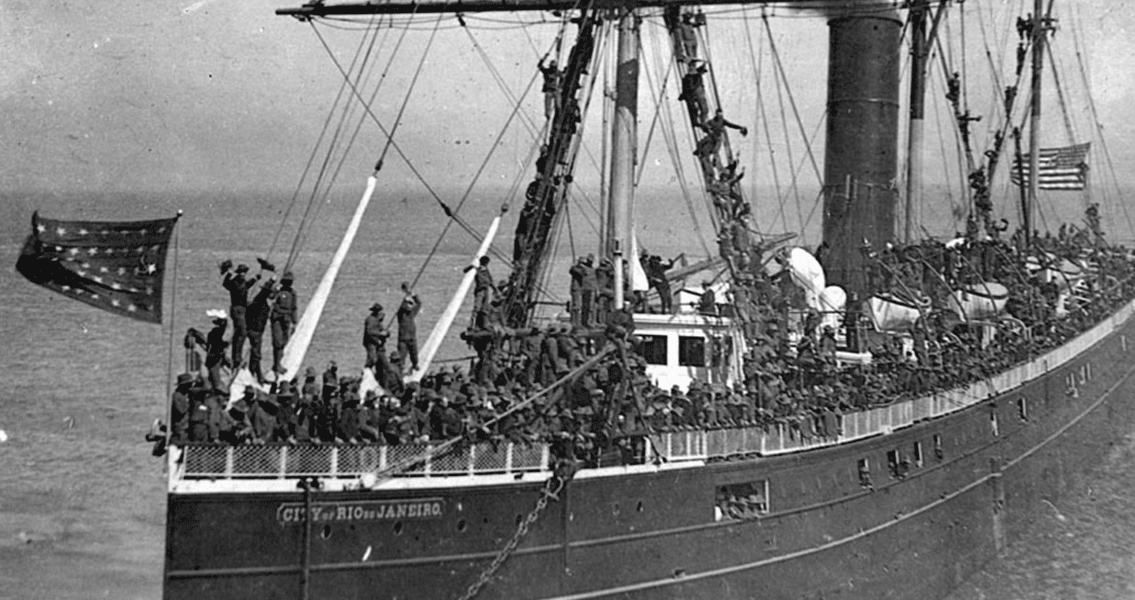<![CDATA[On Wednesday, officials from the National Oceanic and Atmospheric Administration (NOAA) stated that the first sonar images of a 100 year old shipwreck in the San Francisco Bay had finally been released. On the morning of February 22nd, 1901, Captain Frederick Jordan was steering the SS City of Rio de Janeiro through thick fog towards the Golden Gate Strait in San Francisco Bay. As an experienced captain, his gut told him to drop anchor and let the fog pass, but unfortunately he kept going and the 350 foot steam boat struck rocks at the strait's southern end. According to the NOAA, the sinking of the ship killed 128 out of the 210 passengers and crew on board. Fishermen in the area were able to rescue 82 people. Among the dead was the U.S. Consul-General in Hong-Kong, who was returning home with his wife and children. The entire family was killed, along with several other Japanese and Chinese immigrants. Because of the level of tragedy involved with the disaster, historians have been known to call the wrecking of the SS City of Rio de Janeiro the 'Titanic of the Golden Gate'. The remains of the ship were found beneath 287 feet of water and covered in mud. Robert Schwemmer, a maritime heritage coordinator for the NOAA's West Coast region, was responsible for searching for the vessel, alongside a crew from Hibbard Inshore and Bay Marine Services. James Delgado, director of maritime heritage for the NOAA's Office of National Marine Sanctuaries, along with sonar expert Gary Fabian, were also part of Schwemmer's team. They were able to able to identify and locate the ship using a 3-D Echoscope sonar developed by Coda Octopus. Using the 3-D Echoscope sonar, rumours that the ship contained 'Chinese silver' were quickly debunked by the team, after they discovered that the 'silver' was actually just bars of tin. The Echoscope has allowed the NOAA team to find a far greater treasure, however. As part of a larger study, in which the one on the SS City of Rio de Janeiro was included, the NOAA has been able to plot the location of about 200 other shipwrecks. This includes four that had never been found before, according to FoxNews. The purpose of this study is to test new technology as well as expand our knowledge on the history of what lies beneath the Golden Gate Bay's waters. According to Delgado, locating the missing ship was like, "turning on a light in a dark room". ]]>
NOAA Releases First 3-D Sonar Images of the 'Titanic of the Golden Gate'
